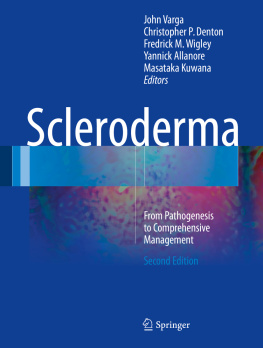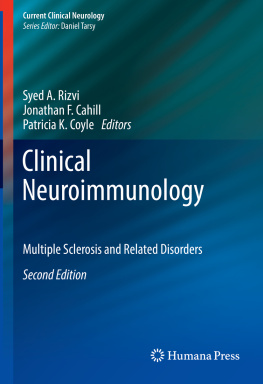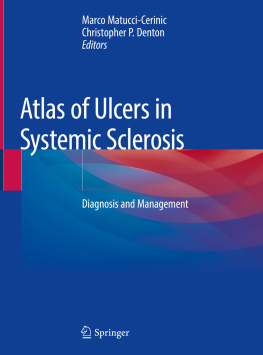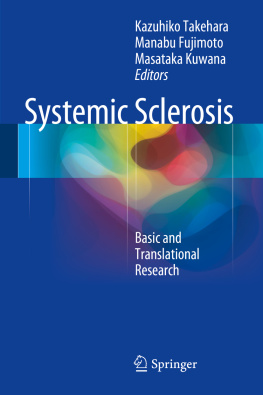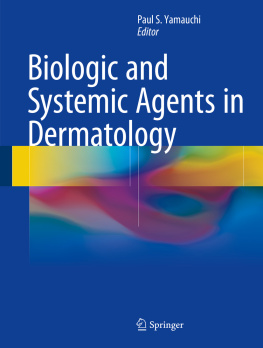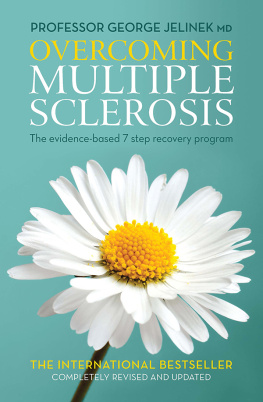Richard M. Silver and Christopher P. Denton (eds.) Case Studies in Systemic Sclerosis 10.1007/978-0-85729-641-2_1 Springer-Verlag London Limited 2011
1. A 35-Year-Old Woman with Puffy Hands, Raynauds Phenomenon, and Positive Antinuclear Antibody Test
Richard M. Silver 1
(1)
Division of Rheumatology & Immunology, Department of Medicine, Medical University of South Carolina, 96 Jonathan Lucas Street, Suite 912, Charleston, SC 29425, USA
Abstract
Systemic sclerosis (scleroderma) is classified based on the extent of skin involvement as either limited cutaneous or diffuse cutaneous scleroderma. Patients with the limited cutaneous form of systemic sclerosis, once known as the CREST syndrome (Calcinosis, Raynauds phenomenon, Esophageal dysmotility, Sclerodactyly, Telangiectasias), often report a long history of Raynauds phenomenon preceding other clinical manifestations. Current classification criteria lack sensitivity for this subset of scleroderma, as it may take years or even decades before these patients fulfill classification criteria. Certain clinical and laboratory findings can facilitate earlier diagnosis, particularly the presence of digital pitted scars, telangiectasias, abnormal nailfold capillary morphology, and the presence of anticentromere antibodies (ACA). One should consider the diagnosis of limited cutaneous systemic sclerosis in any patient who gives a history of Raynauds phenomenon with one or more of these clinical and laboratory features, or with signs and symptoms suggesting visceral organ involvement. Although limited in the extent of skin involvement, these patients must be monitored for the development of internal organ complications such as pulmonary arterial hypertension, pulmonary fibrosis, and a variety of gastrointestinal complications.
Keywords
Limited cutaneous systemic sclerosis Sclerodactyly Telangiectasias ANA Nailfold capillary morphology Raynauds phenomenon
Case Study
A 35-year-old woman presented with a 6-month history of bilateral hand stiffness and swelling. Initially she noted puffy hands with paresthesia of all fingers except the fifth, and she was frequently awakened from sleep with bilateral hand pain. She underwent carpal tunnel release with improvement of paresthesia; however, she continued to have puffy, stiff hands, and lost ability to make a full fist.
The patient had a 15-year history of Raynauds phenomenon with blanching and cyanosis of the fingertips on cold exposure, and recalls having been told a blood test for antinuclear antibody (ANA) had tested positive. In the beginning her cold-induced vasospasm caused few problems but as the years went by digital ischemia became more pronounced and she began to develop painful sores on several fingerpads. These digital lesions were slow to heal, and at times white chalky material would extrude from the ulcers. She also complained of dysphagia and heartburn and was found on barium swallow to have esophageal dysmotility with gastroesophageal reflux. Her primary care provider prescribed proton-pump inhibitor therapy which improved her gastrointestinal symptoms. When serological studies confirmed a positive ANA, she was referred to a rheumatologist.
Physical Examination
Temperature 36.6C; pulse 80 bpm; respirations 14 per min; blood pressure 120/80 mmHg. Skin: puffy fingers with loss of skin creases over dorsum of distal fingers; shallow digital pitted scars on several fingerpads, some with ulceration and chalky white exudate; periungual erythema and telangiectasias on fingers, hands and face; normal skin texture of the proximal arms and legs, chest, and abdomen. HEENT: perioral skin furrowing with reduced oral aperture. Chest: no adventitial breath sounds. Cardiac: regular rate and rhythm with normal S1 and S2 heart sounds. Abdomen: nondistended and nontender. Extremities: no edema. Neurologic: negative Tinels sign over both wrists. Musculoskeletal: mild flexion contractures of the fingers with inability to flatten hand; no joint tenderness or swelling. Firm, nontender subcutaneous nodules overlying each elbow. Nailfold capillary microscopy revealed dilated capillary loops with few capillary hemorrhages and rare capillary dropout.
Laboratory Findings
Complete blood count (CBC), serum chemistry panel, and urinalysis: normal. ANA by IIF positive (titer 1:1280; centromere pattern). Hand radiographs: focal, dense well-defined calcifications in the soft tissues of multiple distal fingertips; no joint erosions. Chest radiograph: clear lung fields, and normal cardiac size. PFTs: FVC 2.10 L (80% predicted); FEV1 1.76 L (89% predicted); DLco 14.5 (70% predicted). Echocardiogram: normal LV ejection fraction, normal RA and RV dimensions, no tricuspid regurgitation present so estimate of RVSP not possible.
Course
A diagnosis of limited cutaneous systemic sclerosis (lSSc) was made based on the following clinical and laboratory findings: Raynauds phenomenon with digital pitted scars, sclerodactyly, telangiectasias, calcinosis, and esophageal dysmotility. Also supporting the diagnosis was the positive ANA with a centromere pattern and the slow pattern on nailfold capillary microscopy. Baseline investigation revealed no evidence for lung involvement; that is, there was nothing to suggest interstitial lung disease or pulmonary arterial hypertension. Raynauds phenomenon was managed with calcium-channel blocker therapy and cold avoidance. Proton pump inhibitor therapy was continued to manage gastroesophageal reflux. Physical therapy hand exercises were prescribed. Annual assessment including pulmonary function tests and echocardiogram with Doppler flow study was recommended.
Discussion
Scleroderma (systemic sclerosis, SSc) is currently classified based on the extent of skin involvement, that is, limited cutaneous SSc versus diffuse cutaneous SSc; the presence of digital pitted scars; and radiographic signs of bibasilar pulmonary fibrosis. Limited cutaneous involvement is defined as skin tightness distal to the elbows and knees, and the face.
Table 1.1
Preliminary criteria for classification of systemic sclerosis (scleroderma)
A. Major criterion |
Proximal scleroderma: Symmetric thickening, tightening, and induration of the skin of the fingers and the skin proximal to the metacarpophalangeal or metatarsophalangeal joints. The changes may affect the entire extremity, face, neck, and trunk (thorax and abdomen) |
B. Minor criteria |
1. Sclerodactyly: Above-indicated skin changes limited to fingers |
2. Digital pitting scars or loss of substance from the finger pad: Depressed areas: At tips of fingers or loss of digital pad tissue as a result of ischemia |
3. Bibasilar pulmonary fibrosis: Bilateral reticular pattern of linear or lineonodular densities most pronounced in basilar portions of the lungs on standard chest roentgenogram; may assume appearance of diffuse mottling or honeycomb lung. These changes should not be attributable to primary lung disease |
(Reprinted from Masi with permission from John Wiley and Sons Inc)
Table 1.2
Subsets of systemic sclerosis (SSc)
Diffuse cutaneous SSc (dSSc)a |
Onset of Raynauds phenomenon within 1 year of onset of skin changes (puffy or hidebound) |
Truncal and acral skin involvement |
Presence of tendon friction rubs |
Early and significant incidence of interstitial lung disease, oliguric renal failure, diffuse GI disease, and myocardial involvement |







